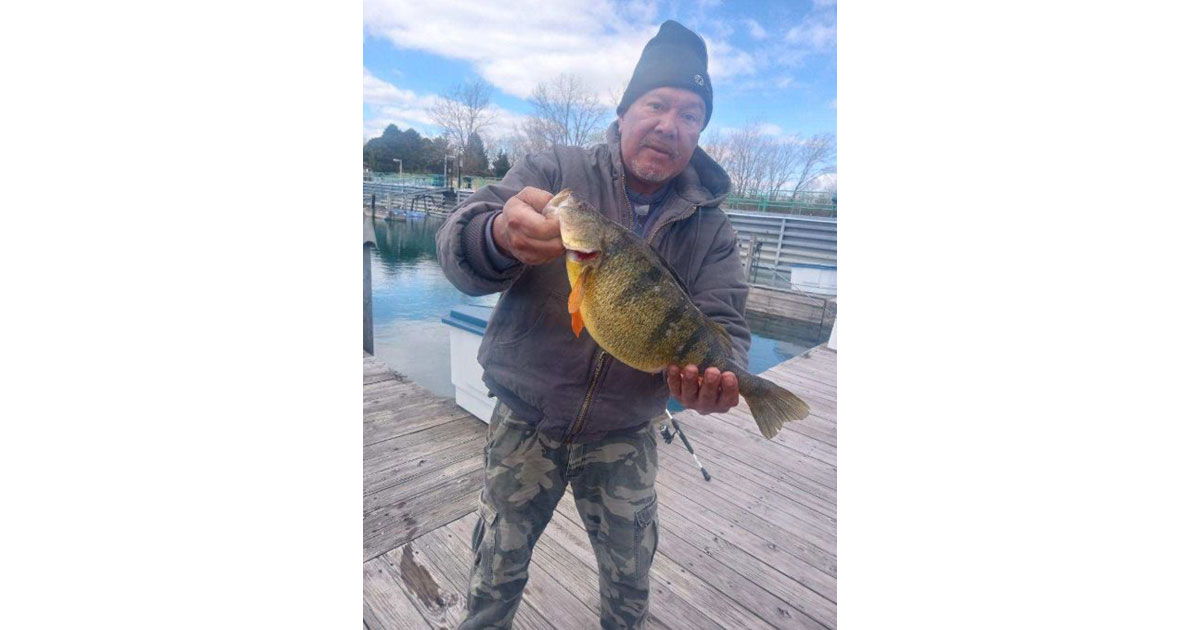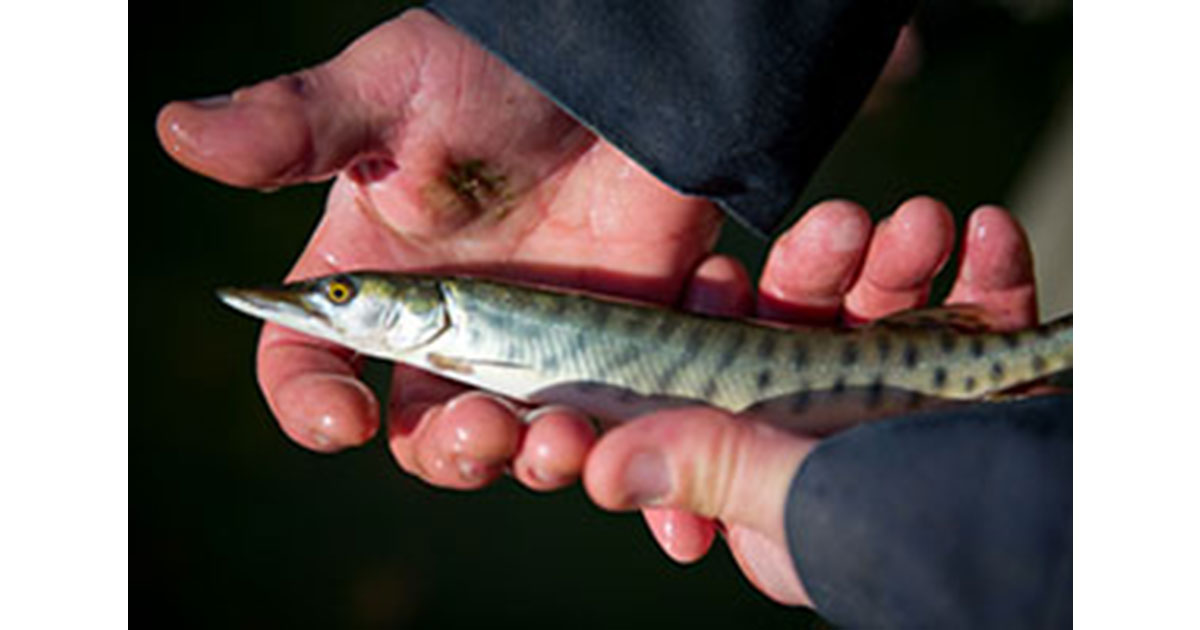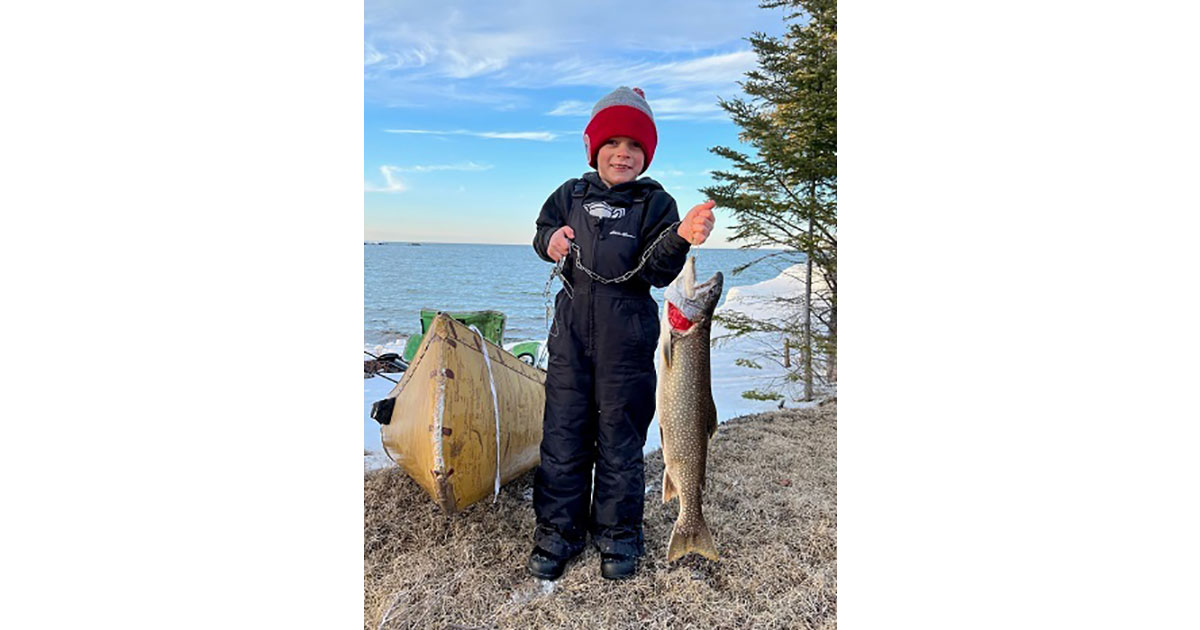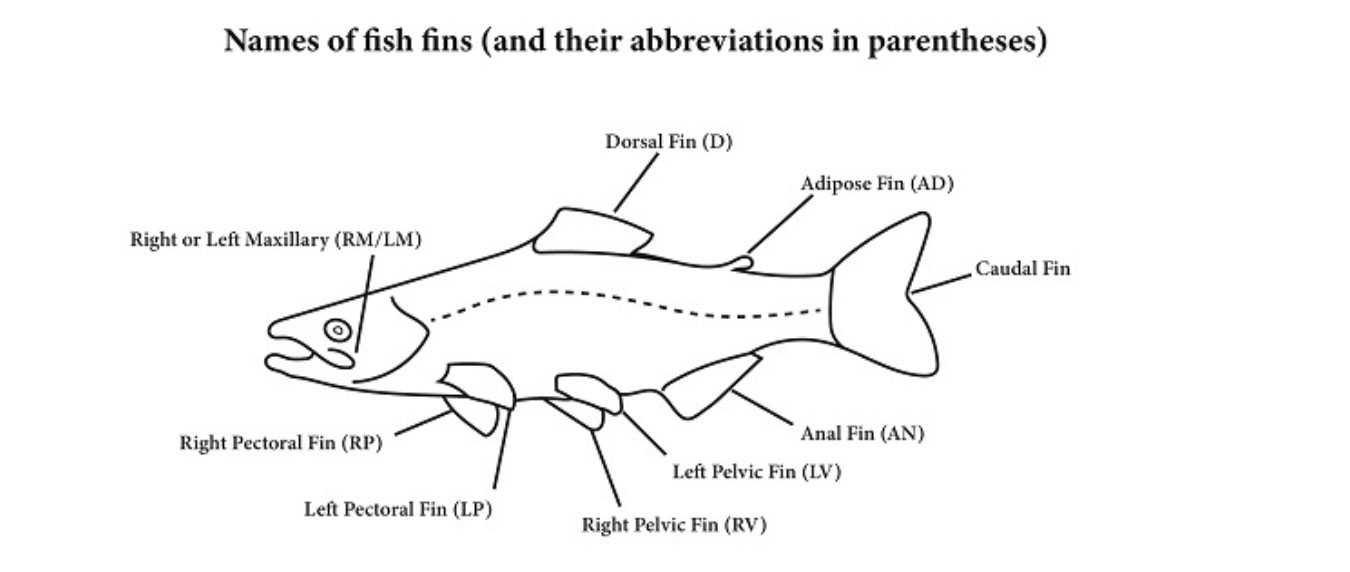- Details
By Louie Stout
 Blas Lara of Highland, Ind. with Record Yellow Perch
Blas Lara of Highland, Ind. with Record Yellow Perch
There are jumbo yellow perch in Lake Michigan…and then there’s this monster.
If you thought 12- inch perch were jumbos, Blas Lara of Highland, Ind. blows those away. His nearly 17 incher also blew away the Indiana’s state record with the 3.135 pounder caught during the Mayor McDermott’s Fishing Derby last weekend.
Lara’s yellow perch, caught from shore, broke the old record of 2 pounds, 8 ounces set in 1981 from a southern Indiana gravel pit.
He caught his giant while fishing a golden roach livebait under a bobber while actually fishing for smallmouth in the Hammond Marina. The fish was weighed at the Strack & VanTil Food Market.
Interestingly, that store sells yellow perch by the pound in its seafood section. If someone were to buy that record fish for dinner, it would cost him $53.26.
Yellow perch have begun their spawning run in Lake Michigan so that likely contributed to the weight. However, there are likely more giants like it swimming out there. Several 15 and 16 inchers were caught in northwest Indiana by boat anglers last winter.
Lake Michigan DNR Biologist Ben Dickinson said earlier this year that the growth rate among yellow perch has been astounding.
“We’re seeing 12- and 14-inch perch that are 6 to 8 years old,” Dickinson said. “In previous years, those fish were 10 to 14 years old.”
Why the rapid growth? Either there is more food to go around or, due to lower perch numbers over the past several years, there is less competition for food.
“When we began seeing the rapid growth numbers, we thought maybe something was off in our data, but Illinois biologists tell us that they are seeing the same thing.”
- Details
By Louie Stout
The Indiana DNR collected all of the muskie eggs needed from Lake Webster recently to provide stockings in the future.
The crazy spring weather had them scrambling. While the massive egg-taking project usually begins after April 1, staffers hit the lake a week earlier but still got 95 adults to meet stocking demands. The eggs were stripped from females and milt taken from males before the fish were released back in the lake.
“This was the earliest I can recall when we found ripe muskies,” said Tyler Delauder, lead biologist on the project. “We would have liked to have seen more fish, but we did the best we could and got what the hatchery needed.”
- Details
By Louie Stout
Got a lot of tackle you want to unload? Looking to stock up on cost saving gear? The Michiana Walleye Club’s Fishing Tackle Swap Meet offers that opportunity.
The event will be Saturday, March 2 from 10 a.m. to 4 p.m. on the club grounds at 13040 Day Road in Mishawaka. Tackle displays can include all types of fishing gear.
The cost for vendors is $25 per table while admission for shoppers ages 16 and over is $5. Food and beverage will be available for purchase.
Vendors can get more information by calling Mike Titus, 574-326-0347 or emailing miketitus2023@gmail.com.
- Details
By Louie Stout
 Young Muskie Fingerking
Young Muskie Fingerking
Angler assistance has become an important part of muskie management on northern Indiana lakes.
Much of that assistance is coming from guides and muskie club members who purchased their own tag scanners and provide the DNR information of tagged fish they catch.
When muskies are stocked, they are implanted with a tiny tag that can be read with a relatively inexpensive hand-held scanner. It’s similar to the tags and scanners used for dogs and cats.
The angler sends the DNR a mobile phone picture of the tag number on the scanner along with length and any other details. Fisheries officials provide that angler with details about the fish.
In 2022 there were 122 tags submitted and another 150 were submitted last summer.
- Details
MDNR Report
 Michigan Splake
Michigan Splake
Many anglers say fall fishing for splake on Lake Superior is an experience unparalleled anywhere else in Michigan. When temperatures begin to drop and leaves start to turn, the splake bite picks up as the fish move nearshore.
Splake – a hybrid cross between lake trout and brook trout – have been stocked in Lake Superior most years since 1971, with annual stocking since 1990.
Marked splake have been central to that stocking effort since 2021, as part of an evaluation study. At the Marquette State Fish Hatchery in Michigan’s central Upper Peninsula, staff from the DNR’s Lake Superior and Northern Lake Michigan management units, as well as field staff from across the state, put in long hours carefully marking the splake by hand.
These fish are then stocked in the spring at three Lake Superior ports: Copper Harbor, Keweenaw Bay and Munising. Splake stocked at each port are given a unique mark or fin clip consisting of a single fin or a paired clip, which has two fins. The goal is to create nearshore fishing opportunities in the smaller bays of Lake Superior, where some fisheries are available year-round.
The evaluation study will be conducted through 2030. It is designed to help fisheries managers understand the percentage of stocked fish caught by anglers, the home range of splake, and harvest metrics such as harvest rates and fish size at harvest by year and location.
“Preliminary study results indicate that most splake remain in close proximity to their respective stocking locations,” said George Madison, a Michigan Department of Natural Resources fisheries biologist for the Western Lake Superior Management Unit. “Splake are known to prefer shallow water habitats, meaning these fish are accessible with small boats or shore casting during the open-water periods on Lake Superior. Splake are also readily available through the ice during winter fishing months.”
Identifying the fish
So far, fisheries managers have learned that identifying the correct fin clip on splake can be difficult to do while fishing. This creates challenges when considering the reported data for the evaluation study. When looking at a caught splake, anglers should inspect it for missing fins or a jawbone clip, indicating that it has been marked. Some clipped fins can be misshaped or missing or appear abnormal.
Marked fish then can be reported through the DNR’s Eyes in the Field app to give information such as species, length, weight, sex, and date and location caught, or by contacting a local DNR fisheries office.
 Names of Fish Fins
Names of Fish Fins
Anglers also can report marked splake to DNR creel staff stationed at various ports along the Lake Superior shoreline. Because they're genetically tied to both lake trout and brook trout, splake can take the external appearance of the parent species, making them difficult to distinguish. Creel staff can help to correctly identify the fish, determine the marks on the fish and record any angler trip data.
“If you’re fishing for splake on Lake Superior this fall, we encourage you to talk with DNR creel staff, who are scheduled through the end of October,” said Madison. “It takes just a few minutes to share information about your fishing trip, but those details mean better data and greater understanding about splake abundance and behavior.”
Anglers are reminded, too, that other natural resources agencies and tribal units mark a variety of fish species for different evaluation purposes. For information on fish marking in Michigan, visit Michigan.gov/TaggedFish.





